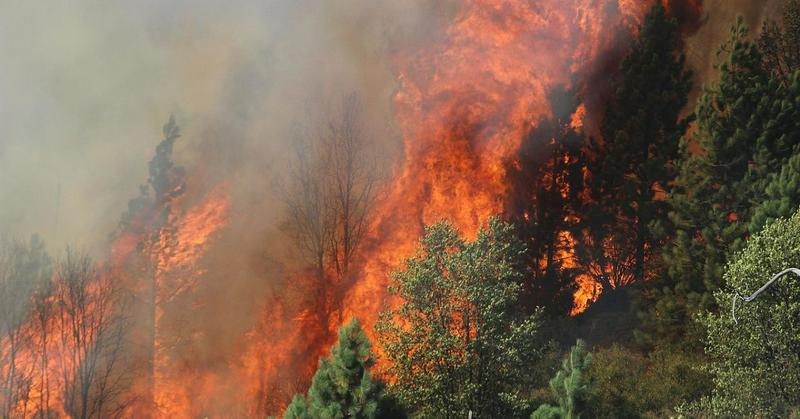Controlled Burning: How Native Americans Solved California's Wildfires Centuries Ago
By | September 6, 2020

Wildfires are an unfortunate part of life in California. Each summer brings a new series of devastating fires that destroy millions of acres of land while presenting dangers to people and animals in the form of smoke inhalation, downed power lines, and debris. But wildfires have always existed, and Pacific Coast natives knew how to control them. Today, they're helping the state get wildfires under control with methods that were cemented generations ago.
Controlled Wildfires?
Long before European settlers came to the West Coast, the indigenous people of California used controlled burns to maintain wildlife habitats and tame the unruly landscape. This hard work not only created the gorgeous landscapes that define the region but also maintained the natural cycle of birth and death. Old vegetation was cleared to make way for new life without destroying the homes of the indigenous people or local animals.
To control the fires, tribes across California—including the Yurok, Karuk, Hupa, Miwok, and Chumash—carefully placed the flames in areas where the underbrush and moss had grown thick. The fire burned away dead and parasitic growth to make way for stronger plant life, allowed local food sources to be replenished, and reduced the risk of out-of-control wildfires.

Hundreds Of Years Of Neglect
When European settlers arrived in California in the 1500s, they were astounded by the natural beauty of the region, but they didn't understand that the native people dedicated their lives to controlling its growth patterns through carefully planned fires. They thought the tribes were just setting things on fire for funsies. Running the indigenous people off their land without finding out how to maintain it inevitably proved disastrous. The downfall of California's woodlands didn't happen immediately, but over a few hundred years of neglect, they developed the perfect conditions for rampant summer wildfires.

Outlawing Controlled Fires
In the 1880s, the U.S. Forest Service went so far as to outlaw controlled fires in favor of putting out any size of wildfire on their own. State and federal land management agencies followed suit and refused to allow controlled burns until the late 1960s.
By 1968, it was clear that sequoia trees, a plant that needs fire to grow, were dying out. Over the next two decades, the Forest Service and the California Department of Forestry and Fire Protection slowly brought controlled fires back to the ecosystem before finally admitting that it was a huge mistake to exclude fire from their annual forestry arsenal.

A Long Way To Go
Now that they've realized where they went wrong, the California government is partnering with local tribes to learn the art of controlled burning. It's a step in the right direction, but there's still quite a bit of friction between native tribes and federal figures who want indigenous people to get permits for fires, citing air quality concerns and the possibility of the fire getting out of control. Those restrictions aside, deputy director of the Karuk tribe's Natural Resources Department, Bill Tripp, believes that the National Forest Service, Cal Fire, and the Bureau of Indian Affairs are close to an agreement that will give the native people more control over fire than they have in more than 100 years.

